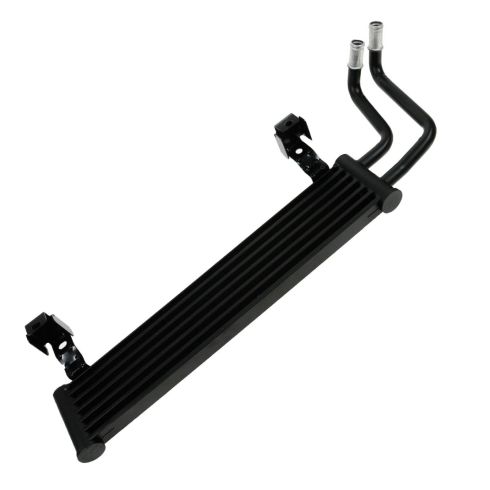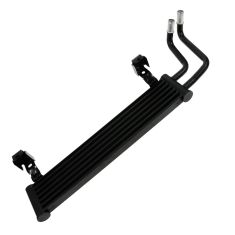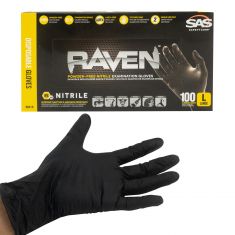1ASTB00013-Dodge Ram Power Steering Oil Cooler Dorman OE Solutions 918-308

Replaces
Dodge Ram Power Steering Oil Cooler Dorman OE Solutions 918-308

Frequently bought together
Product Reviews
Loading reviews
5.00/ 5.0
2
2 reviews
August 13, 2018
The part I ordered arrived in reasonable time. Best of all it was an excact right fit as expected and promised. Thank you A1 !!
Perfect fit
August 22, 2019
Easy online ordering really fast shipping would order from them again 100%+ have videos on how to install parts!
Customer Q&A
No questions have been asked about this item.









